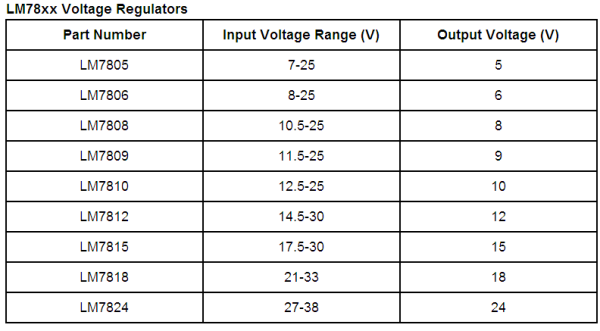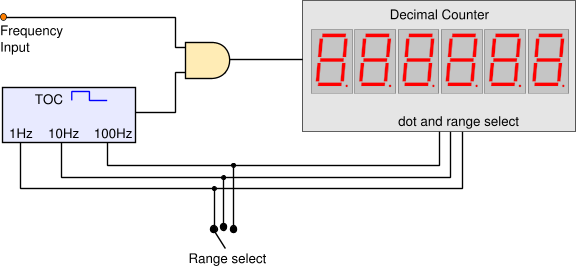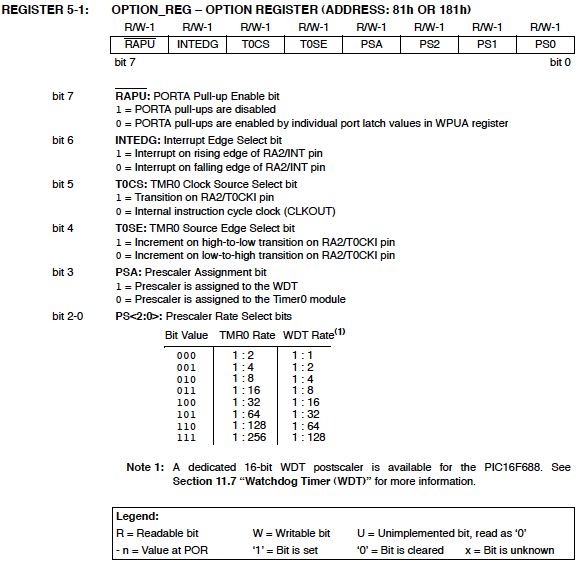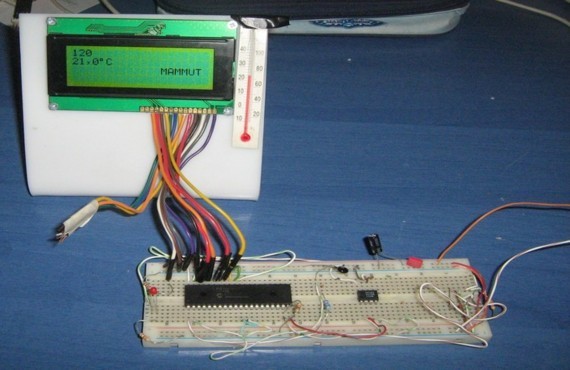MikroC Pro for PIC : Installation and Setup
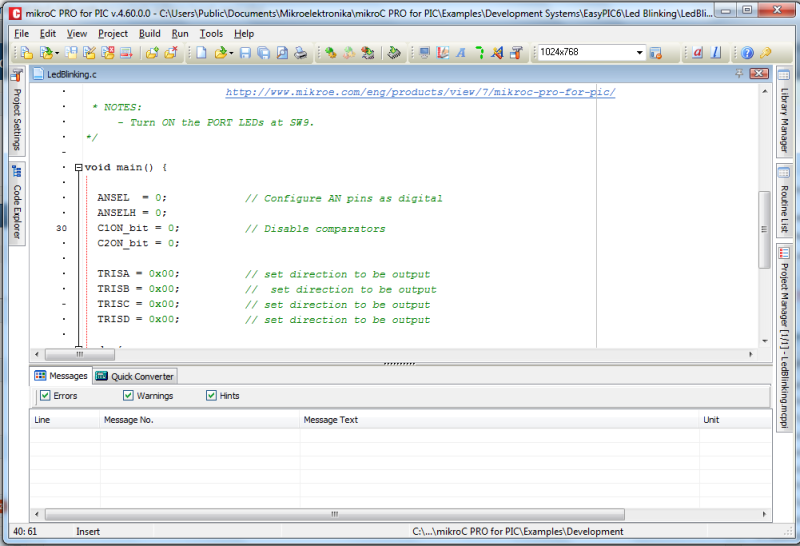
My PIC tutorials and projects use MikroC compiler for firmware development. But I don’t think I ever posted anything on its installation and setup. Today, I am going to show how to install MikroC Pro for PIC (v4.60) on a Windows PC. First of all, download the zipped installation file from here, unzip it and run the setup program. Installation is straightforward. When you first start the MikroC compiler, it opens a LED blinking example project. You can close this project by clicking on ‘Close Project’ under Project menu.
Read more